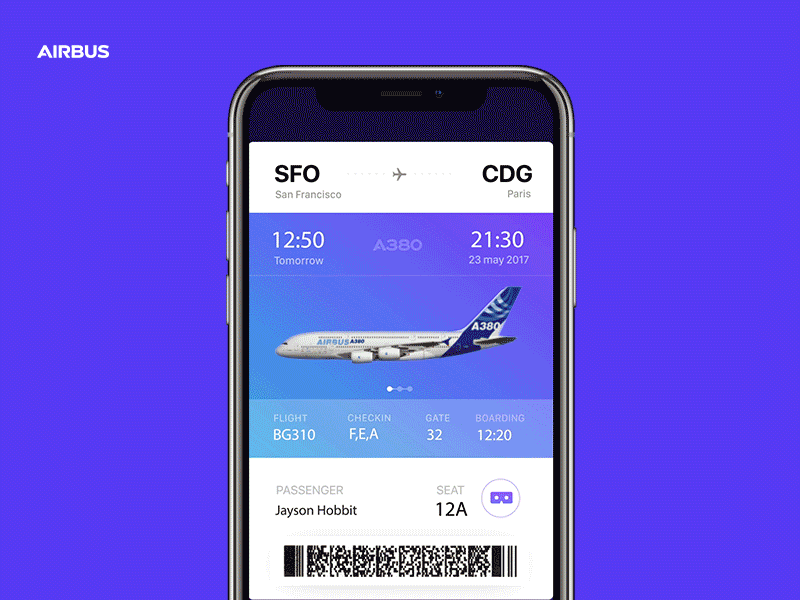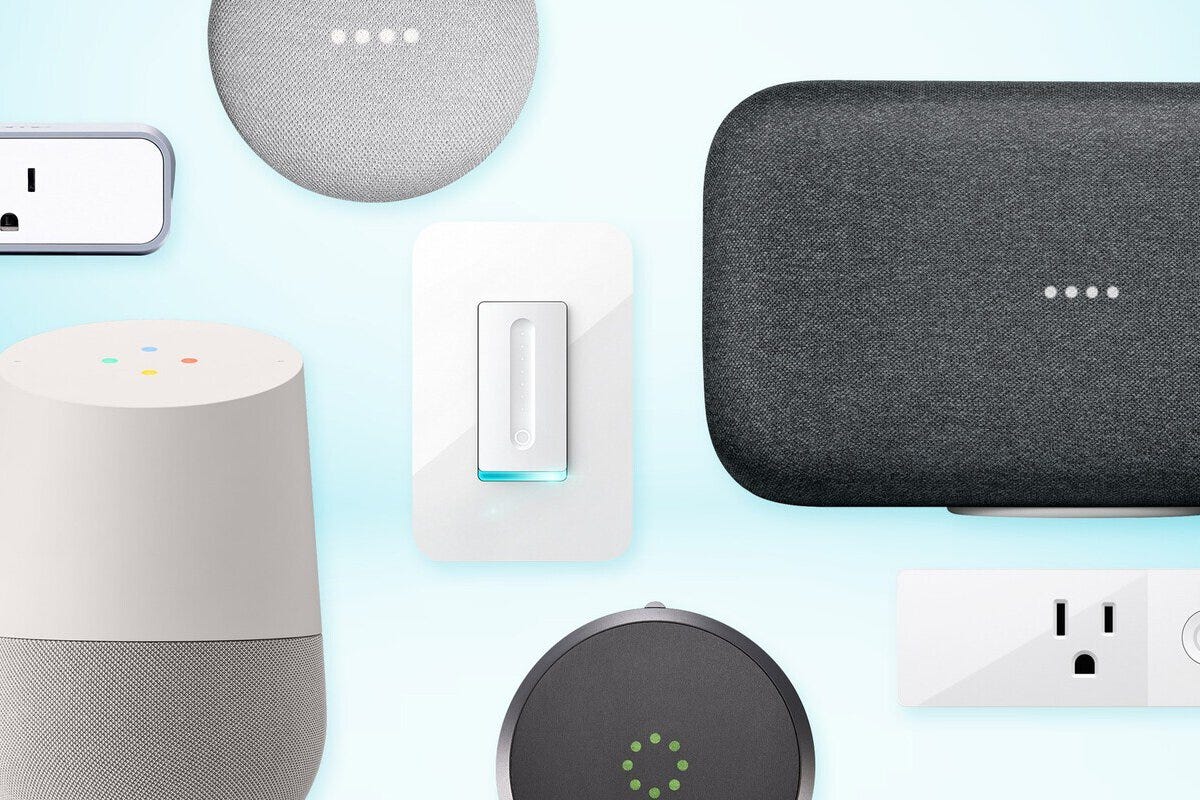A quick look at what could influence user experience in the new year.
1. Voice UI
Voice UI, such as Amazon’s Alexa, is already popular in many homes around the world; however, this year will likely see a greater adoption rate.
In 2019, an estimated 35% of U.S. households were equipped with at least one smart speaker and by 2025 forecast suggests that this penetration rate will increase to around 75% — https://www.statista.com/
Towards the end of 2019, Amazon launched a range of TV commercials to inspire families with their smart home devices. For instance, ‘Sharing is Caring’ tells a heartwarming story of how Alexa brings together an elderly man and his carer.
Amazon’s storytelling demonstrates how communities can come together via simple and accessible technology. In 2020, more businesses will likely to invest in a digital voice strategy to target different generations of users.
2. Augmented Reality
Augmented Reality (AR) is gaining popularity as hardware and software become more accessible. For instance, wearables can give the user a greater sense of feeling and control.
2020 could see an increase in AR adoption as brands look for more ways to give consumers convenience, as well as different perspectives on their products and services. For instance, the AR in-flight experience app for Airbus iflyA380 makes it easier to find your place in the cabin, and even check where you’re flying right now.
The iflyA380 AR in-flight app is available for download — check it out here.

3. Virtual Reality
Virtual Reality (VR) is mainly associated with the gaming industry, such as the bank-breaking Oculus Rift or cheap mobile alternatives. But, in 2020 we could finally see that killer app and inexpensive hardware to make VR more accessible.
But what kind of a role would VR play, as well as gaming? TV and Cinema have demonstrated VR capabilities, while E-learning and sensitive training simulations (such as medical operations) have slowly made the transition. But could web browsers make the giant leap in 2020?

4. Continuous Design
Also known as data synchronisation — the user demands dynamic capabilities across all devices. For example, you can control your home central heating via voice commands and smartphone apps.
Seamless multi-device journeys are now experiences that users expect from any brand they engage with. People want to be able to flow from one medium to another without any interruptions, such as login barriers.
While Continuous Design is already adopted by big brands, such as Netflix and Uber, it is an essential multi-channel strategy that should be part of any business’s UX strategy in 2020.

5. UX metrics
For some time, UX practitioners have struggled to find a simple way to show stakeholders that their products are improving through user research efforts. However, UX metrics can provide a simple way to measure experiences consistently and quantitatively.
In 2019, UserZoom, a remote user research service, introduced a quality of experience scorecard program called a qxScore, which creates a single benchmarking score for your product. The qxScore combines measurements in behavioural data (such as task success) and attitudinal data (such as ease of use, trust and appearance) from user studies to generate a UX metric.
For more details on the qxScore, visit UserZoom’s website.
2020 will likely see a rise in UX benchmarking in user research tools and services, as well as in-house UX teams. UX metrics will be the next big step in benchmarking user research, as well as guiding design decisions and UX strategies.

In 2020, smart home device adoption will continue to grow. As told in Amazon Alexa’s marketing, simple conversation-based interfaces will enable anyone of any ability to access and enjoy digital content, as well as bring different communities together.
While augmented and virtual realities have been much talked about for many years, they could make a bigger impact in 2020, via more accessible and cheaper hardware and software, as well as unique experiences that give users a reason to adopt.
With the constant growth in device adoption, there will be a greater business demand for Continuous Design. This will add more focus on creating better experiences in multi-device journeys.
And, more businesses will have the ability to benchmark the quality of experiences via UX metrics, which will guide teams and stakeholders in creating richer multi-device experiences for different communities.





















